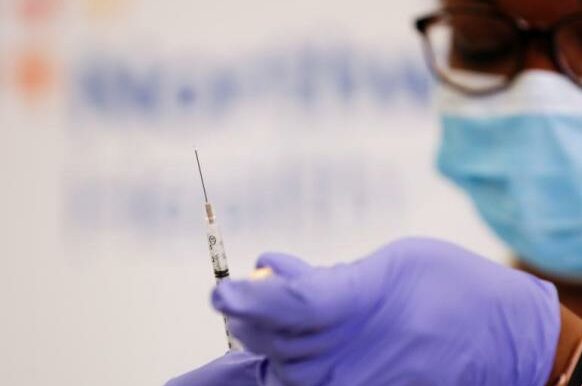Recently, a set of photos circulated on the Internet: In Florida, the United States, many elderly people queue up all night to get the coronavirus vaccine. There are two main reasons for such a scene:
Reason 1: Vaccine distribution is chaotic
Most states in the United States followed the instructions of the Centers for Disease Control and Prevention to give the first batch of vaccines to medical workers and nursing home nurses, but Florida has its own ideas and decided to open the vaccine to people over 65. Because of the warm climate, it is an American tradition to retire in Florida. However, the state government did not specify how each county should operate, so everyone who meets the age criteria queued up.
In fact, people can also make appointments for vaccination through websites, but online registration is too large, and website and telephone appointments often crash. In some places, people are even signed up with the help of some online ticket booking platforms for entertainment activities. In this way, it is better than whose website is better and faster.
It is said that many fraudulent websites have also appeared. Many people don’t report their names, and they have lost money. For the elderly, it is difficult to register and fill in the form online. In this way, it is possible for young people to register first.
Other states have encountered similar problems. For example, New Jersey lets people make appointments on social media, New York State uses Google’s program to let everyone register. Stanford Medical College in California has specially developed an algorithm. As a result, doctors who work from home can give priority to vaccinations before front-line medical staff because of their seniority and old age.
Reason 2: Insufficient vaccine supply
At present, the first batch of coronavirus vaccines in the United States have been distributed, but basically every state is not enough, and there are still many missing. In Illinois, for example, the whole state allocated 109,000 vaccines, excluding Chicago’s 23,000, the majority, and the remaining 86,000 to other counties. There are 58,000 medical workers in DuPage County, and only 13,000 vaccines can be distributed. This means that only one in four people can get the vaccine, and it may be necessary to draw lots to decide who will be vaccinated.
Some people may think that the coronavirus vaccine is the new situation and it is normal to have problems with the supply. But in fact, the supply of vaccines in the United States is not the first time.
In early 2009, influenza A (H1N1) broke out in the United States. The federal government promised to have about 140 million vaccines to resist the second wave of viruses in October of that year, but by October, only 23 million vaccines were distributed. This means that by the time the vaccine is available, the climax of the epidemic will be over.
According to a Texas summary report on influenza A, the federal government and medical institutions often communicate poorly, resulting in the syringes, disinfectant cotton swabs and vaccines for vaccinations that cannot arrive at the same time, and are often out of stock.
Texas even set up a committee to decide on the distribution of vaccines, but many local medical institutions complained that the decision-making process was not transparent and there were many secrets at that time.
Experts expect that a large number of coronavirus vaccines will not be available in the United States until June this year. Isn’t it a little too optimistic?



